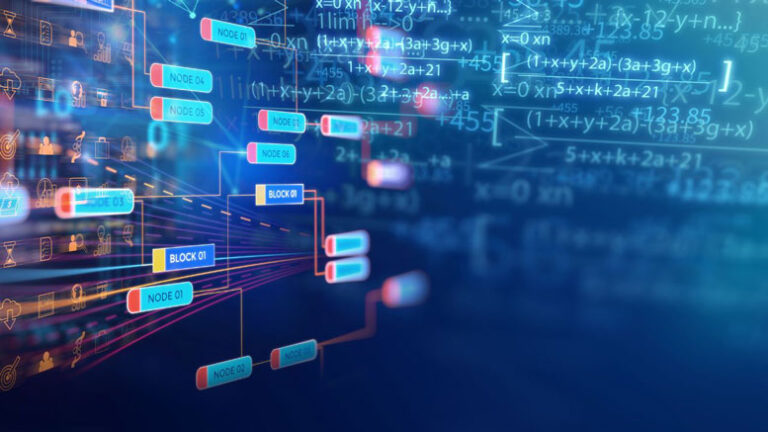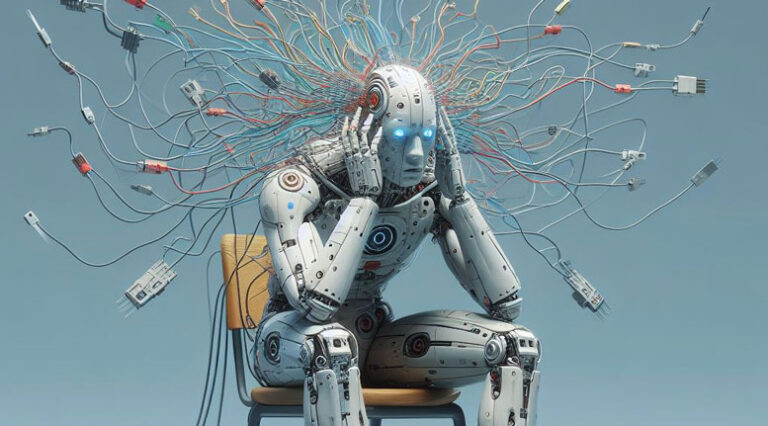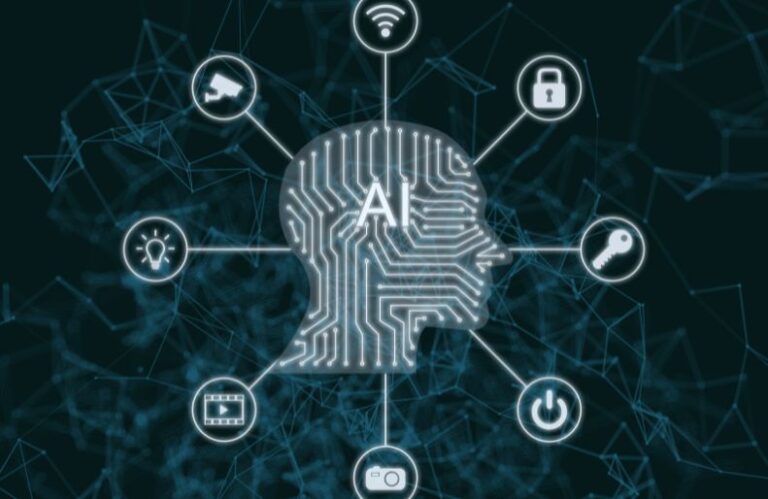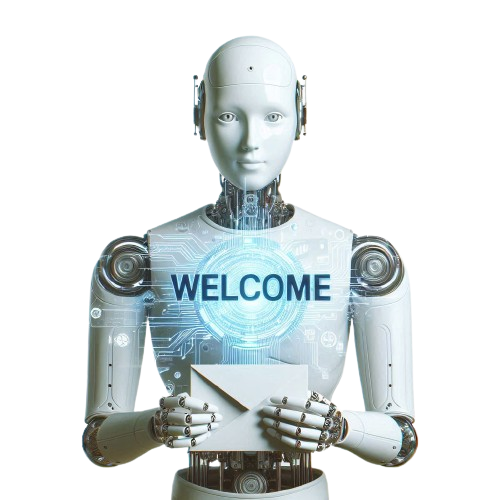Internet of Things (IoT)
What is Internet of Things (IoT)?
The Internet of Things (IoT) is a revolutionary concept that has been gaining momentum in recent years. This technology has the potential to transform the way we live and work by connecting everyday objects to the internet, allowing them to communicate with each other and with us. In this article, we will explore what IoT is, how it works, and some of the ways it is being used today.
### What is the Internet of Things (IoT)?
The Internet of Things refers to the network of physical objects or “things” embedded with sensors, software, and other technologies that enable them to collect and exchange data with other devices and systems over the internet. These objects can range from simple household items like light bulbs and thermostats to more complex machinery and equipment in industries such as manufacturing and healthcare.
### How does IoT work?
IoT devices typically consist of sensors that collect data, a processor that analyzes the data, and a communication interface that enables the device to transmit information to other devices or systems. These devices can be connected to the internet either wirelessly or through a wired connection, allowing them to send and receive data in real-time.
Once the data is collected, it can be analyzed to provide valuable insights and trigger actions based on predefined rules or algorithms. For example, a smart thermostat in a home can collect data on temperature and humidity levels and adjust the settings to maintain a comfortable environment. In a manufacturing plant, IoT sensors can monitor equipment performance and predict potential failures before they occur, reducing downtime and maintenance costs.
### Applications of IoT
IoT technology has a wide range of applications across various industries, including healthcare, agriculture, transportation, and energy. Some of the key areas where IoT is being used today include:
#### Smart Homes
IoT devices are increasingly being used in homes to automate tasks and improve energy efficiency. Smart thermostats, lighting systems, and security cameras can be controlled remotely using a smartphone or voice commands, making it easier for homeowners to manage their homes and save on energy costs.
#### Healthcare
In the healthcare industry, IoT devices are being used to monitor patients remotely, track medication adherence, and improve the efficiency of medical equipment. Wearable devices such as smartwatches and fitness trackers can collect data on a patient’s vital signs and send alerts to healthcare providers in case of emergencies.
#### Agriculture
IoT technology is also being used in agriculture to monitor soil conditions, weather patterns, and crop health. By collecting and analyzing data from sensors placed in fields and greenhouses, farmers can optimize irrigation, fertilization, and pest control practices to increase crop yields and reduce waste.
#### Smart Cities
Cities around the world are using IoT technology to improve public services and infrastructure. Smart traffic lights, parking meters, and waste management systems can help reduce congestion, improve air quality, and enhance the overall quality of life for residents.
#### Industrial IoT
In the manufacturing sector, IoT devices are being used to monitor equipment performance, track inventory levels, and optimize production processes. By collecting and analyzing data in real-time, manufacturers can improve efficiency, reduce costs, and increase productivity.
### Challenges and Opportunities
While IoT technology has the potential to revolutionize various industries, there are also challenges that need to be addressed. Security and privacy concerns are one of the main issues facing IoT adoption, as connected devices are vulnerable to cyber attacks and data breaches. Ensuring the security of IoT devices and networks will be crucial to building trust among users and protecting sensitive information.
Another challenge is interoperability, as IoT devices from different manufacturers may not be compatible with each other, leading to integration issues and inefficiencies. Standardization efforts are underway to address this issue and establish common protocols for IoT communication.
Despite these challenges, the Internet of Things offers a wealth of opportunities for businesses and consumers alike. By harnessing the power of data and connectivity, IoT technology has the potential to drive innovation, improve efficiency, and create new opportunities for growth and development. As more devices become connected to the internet, the possibilities for IoT applications are virtually limitless, making it an exciting and promising field to watch in the years to come.




